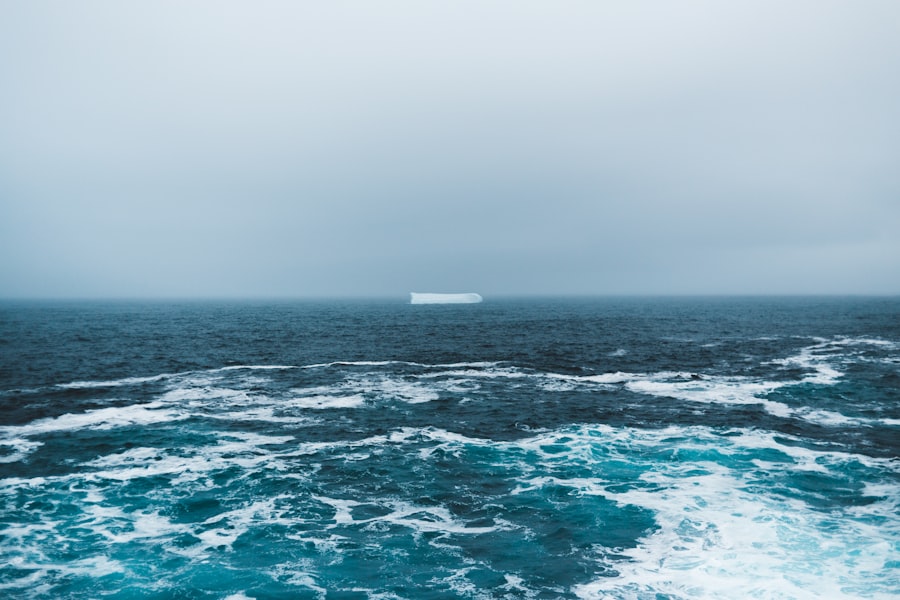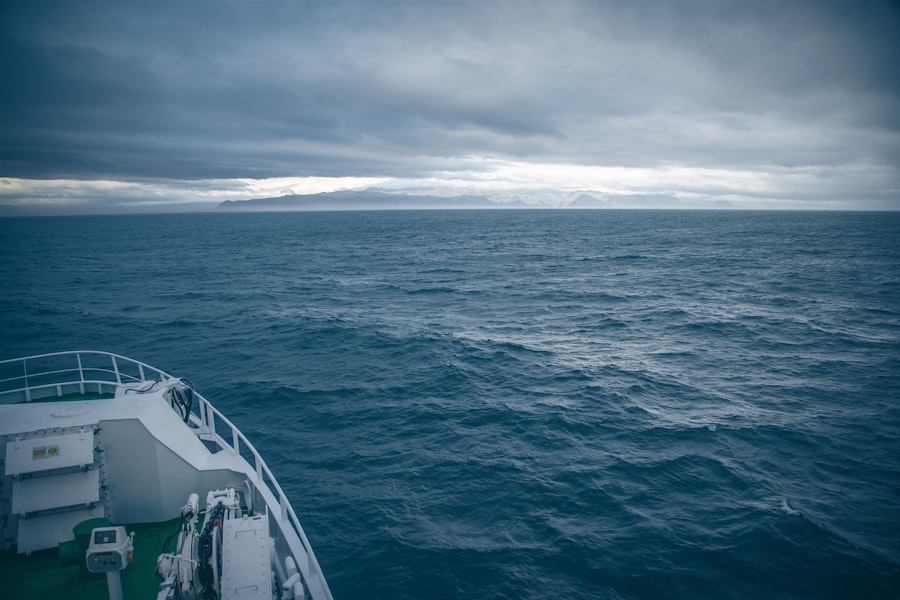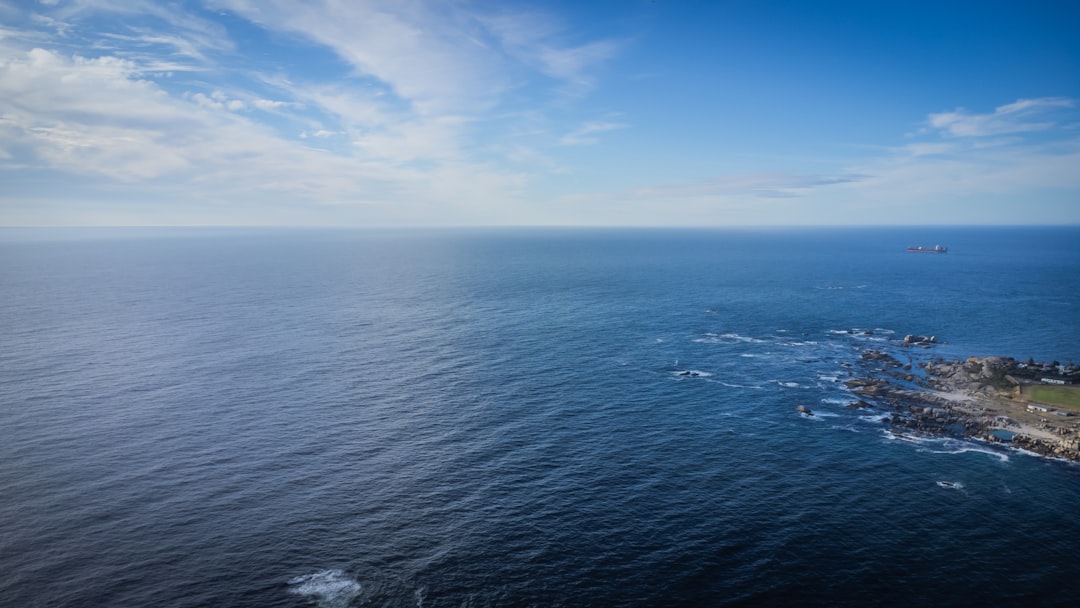The Drake Passage and the North Sea are two significant bodies of water that play crucial roles in global maritime activities, ecology, and climate. The Drake Passage, located between the southern tip of South America and Antarctica, is known for its turbulent waters and challenging navigation conditions. In contrast, the North Sea, situated between Great Britain and mainland Europe, is a vital area for trade, fishing, and energy production.
Both regions are not only important for their geographical features but also for their historical significance and ecological diversity. Understanding these two bodies of water provides insight into their unique characteristics and the roles they play in the broader context of global maritime activities. The Drake Passage is often regarded as one of the most treacherous sea routes due to its unpredictable weather and strong currents, while the North Sea is a hub of economic activity, supporting various industries.
This article will explore the geographic locations, climatic conditions, historical significance, wildlife, and their importance in global shipping and energy production.
Key Takeaways
- The Drake Passage is a narrow body of water between South America’s Cape Horn and the South Shetland Islands of Antarctica, known for its treacherous seas and strong winds.
- The North Sea is a marginal sea of the Atlantic Ocean located between Great Britain, Scandinavia, Germany, the Netherlands, Belgium, and France, known for its rich biodiversity and economic significance.
- The Drake Passage experiences strong westerly winds and high waves due to the Antarctic Circumpolar Current, making it one of the roughest seas in the world.
- The North Sea has a maritime climate with mild winters and cool summers, influenced by the North Atlantic Drift and the European continental landmass.
- The Drake Passage has been historically significant as a route for exploration and scientific research, including the first successful navigation by Sir Francis Drake in the 16th century.
Geographic Location and Characteristics of the Drake Passage
The Drake Passage is situated at the southernmost point of South America, bordered by Cape Horn to the north and the Antarctic Peninsula to the south. This narrow stretch of water connects the Atlantic and Pacific Oceans, making it a critical maritime route for vessels traveling to and from Antarctica. The passage is approximately 800 kilometers (500 miles) wide at its widest point, with depths reaching over 4,000 meters (13,000 feet).
Its unique position makes it a key area for oceanic currents, particularly the Antarctic Circumpolar Current, which flows unimpeded around Antarctica. The characteristics of the Drake Passage are defined by its rough seas and unpredictable weather patterns. The confluence of cold Antarctic waters with warmer currents from the north creates a dynamic marine environment that can lead to sudden storms and high waves.
Sailors often refer to the Drake Passage as “the most dangerous sea in the world,” highlighting its reputation for treacherous navigation. Despite these challenges, the passage remains a vital route for research vessels and commercial shipping, underscoring its importance in global maritime logistics.
Geographic Location and Characteristics of the North Sea

The North Sea is located in Northern Europe, bordered by several countries including the United Kingdom, Norway, Denmark, Germany, the Netherlands, and Belgium. This semi-enclosed sea covers an area of approximately 570,000 square kilometers (220,000 square miles) and has an average depth of about 95 meters (312 feet). The North Sea is connected to the Atlantic Ocean through the English Channel to the south and the Norwegian Sea to the north.
Its strategic location has made it a focal point for trade routes and maritime activities throughout history. The North Sea is characterized by its relatively shallow waters compared to other major seas, which influences its marine ecosystem. The seabed is rich in nutrients due to sediment deposits from surrounding rivers such as the Rhine and Elbe.
This nutrient-rich environment supports a diverse range of marine life, making it one of the most productive fishing grounds in the world. Additionally, the North Sea’s geography includes numerous islands, estuaries, and coastal areas that contribute to its ecological diversity and economic significance.
Climate and Weather Patterns in the Drake Passage
| Climate and Weather Patterns in the Drake Passage | |
|---|---|
| Wind Speed | Strong westerly winds, often reaching 30-40 knots |
| Temperature | Typically ranges from 2°C to 8°C |
| Sea State | Frequently rough seas with high waves |
| Ice Conditions | Potential for icebergs and sea ice, especially in the austral winter |
| Precipitation | Often experiences frequent rain and snow showers |
The climate in the Drake Passage is heavily influenced by its proximity to Antarctica and the surrounding oceanic currents. The region experiences a polar maritime climate characterized by cool temperatures year-round. Winters can be particularly harsh, with temperatures often dropping below freezing, while summers remain relatively mild but can still be unpredictable.
The passage is notorious for its rapidly changing weather conditions; storms can develop with little warning, creating hazardous conditions for vessels navigating through its waters.
The strong westerly winds that sweep across the Southern Ocean can lead to high waves and rough seas.
These winds are often intensified by the topography of the surrounding landmasses, creating a challenging environment for sailors. Despite these difficulties, researchers are drawn to the Drake Passage for its unique marine ecosystems and opportunities for scientific exploration.
Climate and Weather Patterns in the North Sea
The North Sea experiences a temperate maritime climate influenced by its geographical location and proximity to continental landmasses. The region typically has mild winters and cool summers, with average temperatures ranging from 1°C (34°F) in winter to around 17°C (63°F) in summer. Rainfall is relatively evenly distributed throughout the year, although autumn tends to be wetter due to increased storm activity.
The North Sea is also subject to frequent changes in weather patterns, influenced by Atlantic weather systems that can bring storms and high winds. The prevailing winds in the North Sea are predominantly from the southwest, which can lead to rough seas during stormy weather. These conditions can impact shipping routes and fishing activities in the region.
Additionally, seasonal variations in temperature can affect marine life and fish migration patterns, making climate monitoring essential for sustainable fishing practices. Understanding these weather patterns is crucial for industries operating in the North Sea, as they directly influence economic activities and environmental management.
Historical Significance of the Drake Passage

The historical significance of the Drake Passage is deeply intertwined with exploration and maritime navigation. Named after Sir Francis Drake, who famously navigated these waters during his circumnavigation of the globe in the late 16th century, this passage has long been a critical route for explorers seeking new territories. Its challenging conditions have also made it a focal point for naval battles and expeditions throughout history.
In addition to exploration, the Drake Passage has played a vital role in scientific research. The region has been a key area for studying oceanography and climate change due to its unique position at the confluence of major ocean currents. Researchers have utilized this passage as a natural laboratory to understand global oceanic processes better.
The historical context of the Drake Passage highlights its importance not only as a navigational route but also as a site for scientific discovery.
Historical Significance of the North Sea
The North Sea has been a significant maritime region throughout history due to its strategic location between Europe’s major nations. It has served as a vital trade route since ancient times, facilitating commerce between countries such as England, Germany, and Scandinavia. The North Sea was instrumental during both World Wars as naval powers sought control over this critical area for military operations.
Moreover, the North Sea has been central to cultural exchanges among neighboring countries. Fishing communities have thrived along its coasts for centuries, leading to shared traditions and economic interdependence among nations bordering this body of water. The historical significance of the North Sea extends beyond trade; it has shaped regional identities and fostered cooperation among countries that rely on its resources.
Wildlife and Marine Life in the Drake Passage
The Drake Passage is home to a diverse array of wildlife and marine life that thrive in its cold waters. The nutrient-rich environment supports various species of fish, including krill, which serves as a crucial food source for larger marine animals such as whales and seals. The passage is particularly famous for its populations of humpback whales, orcas, and various species of penguins that inhabit nearby islands.
Birdlife in the Drake Passage is equally impressive; seabirds such as albatrosses and petrels are commonly seen soaring above its turbulent waters. These birds are well adapted to life at sea and play an essential role in maintaining ecological balance within this marine ecosystem. The unique wildlife found in the Drake Passage underscores its importance as a habitat for numerous species that rely on this region for survival.
Wildlife and Marine Life in the North Sea
The North Sea boasts a rich diversity of marine life supported by its nutrient-rich waters. It serves as an essential habitat for various fish species such as cod, haddock, and sole, making it one of Europe’s most productive fishing grounds. The presence of estuaries and coastal wetlands further enhances biodiversity by providing breeding grounds for fish and other aquatic organisms.
In addition to fish populations, marine mammals such as seals and porpoises inhabit the North Sea’s waters. These species are often seen along coastal areas where they come ashore or surface for air. Birdlife is also abundant; migratory seabirds flock to this region during breeding seasons, taking advantage of its rich food sources.
The ecological diversity found in the North Sea highlights its significance not only for fishing but also for conservation efforts aimed at protecting vulnerable species.
Importance of the Drake Passage for Global Shipping and Exploration
The Drake Passage holds immense importance for global shipping due to its role as a key maritime route connecting various oceans. Vessels traveling between South America and Antarctica often navigate through this passage despite its challenging conditions. The passage serves as a gateway for research expeditions heading to Antarctica, facilitating scientific studies on climate change and marine ecosystems.
Moreover, the strategic significance of the Drake Passage extends beyond shipping; it has become increasingly relevant in discussions about climate change impacts on polar regions. As melting ice alters navigation routes and affects marine life distribution patterns, understanding this passage’s dynamics becomes crucial for future exploration efforts. The Drake Passage’s importance in global shipping underscores its role as a vital link between continents.
Importance of the North Sea for Fishing and Energy Production
The North Sea is one of Europe’s most important regions for fishing and energy production. Its rich fishing grounds support commercial fisheries that provide livelihoods for thousands of people across bordering nations. Sustainable fishing practices are essential to maintain fish populations while ensuring economic viability for local communities dependent on this resource.
In addition to fishing, the North Sea has emerged as a significant hub for energy production, particularly offshore wind farms that harness renewable energy sources. As countries strive to transition towards greener energy solutions, investments in wind energy infrastructure within this region have increased dramatically over recent years. The dual importance of fishing and energy production highlights how vital the North Sea is not only economically but also environmentally as nations work towards sustainable practices that benefit both industries.
In conclusion, both the Drake Passage and North Sea are remarkable bodies of water with distinct geographic features, climatic conditions, historical significance, diverse wildlife populations, and critical roles in global shipping and energy production. Their unique characteristics contribute significantly to our understanding of maritime ecosystems while underscoring their importance in contemporary economic activities. As global challenges such as climate change continue to evolve, these regions will remain pivotal in shaping future maritime policies and conservation efforts aimed at preserving their ecological integrity.
When comparing the Drake Passage and the North Sea, it’s fascinating to explore the unique geographical and oceanographic characteristics that define these two bodies of water. The Drake Passage, known for its turbulent waters and strong currents, serves as a critical connector between the Atlantic and Pacific Oceans, while the North Sea is renowned for its rich marine biodiversity and significant oil reserves. For those interested in delving deeper into the geographical aspects of these regions, a related article on MyGeoQuest provides insightful information on various global geographical phenomena, offering a broader context to understand the dynamics of these important maritime areas.
WATCH NOW! Drake Passage: Earth’s Deadliest Waters Revealed
FAQs
What is the Drake Passage?
The Drake Passage is a body of water located between the southern tip of South America and the northern tip of the Antarctic Peninsula. It connects the southwestern part of the Atlantic Ocean with the southeastern part of the Pacific Ocean.
What is the North Sea?
The North Sea is a marginal sea of the Atlantic Ocean located between Great Britain, Scandinavia, Germany, the Netherlands, Belgium, and France. It is connected to the Atlantic Ocean through the English Channel and the Norwegian Sea.
How do the Drake Passage and North Sea differ in terms of location?
The Drake Passage is located in the Southern Hemisphere, between South America and Antarctica, while the North Sea is located in the Northern Hemisphere, between Great Britain, Scandinavia, and mainland Europe.
What are the differences in climate and weather between the Drake Passage and North Sea?
The Drake Passage is known for its rough seas and stormy weather, with strong winds and high waves due to its location in the Southern Ocean. In contrast, the North Sea experiences a more temperate climate with milder weather, although it can also be prone to storms and rough seas, especially during the winter months.
How do the Drake Passage and North Sea differ in terms of marine life?
The Drake Passage is home to a diverse range of marine life, including whales, seals, and seabirds, as well as a variety of fish and invertebrates. The North Sea also supports a rich diversity of marine life, including fish, seabirds, and marine mammals, as well as important habitats such as coral reefs and seagrass beds.
What are the main economic activities associated with the Drake Passage and North Sea?
The Drake Passage is primarily used for scientific research and tourism, with limited commercial activities due to its remote location and harsh weather conditions. In contrast, the North Sea is a major hub for fishing, shipping, and offshore oil and gas production, as well as tourism and recreation along its coastlines.
